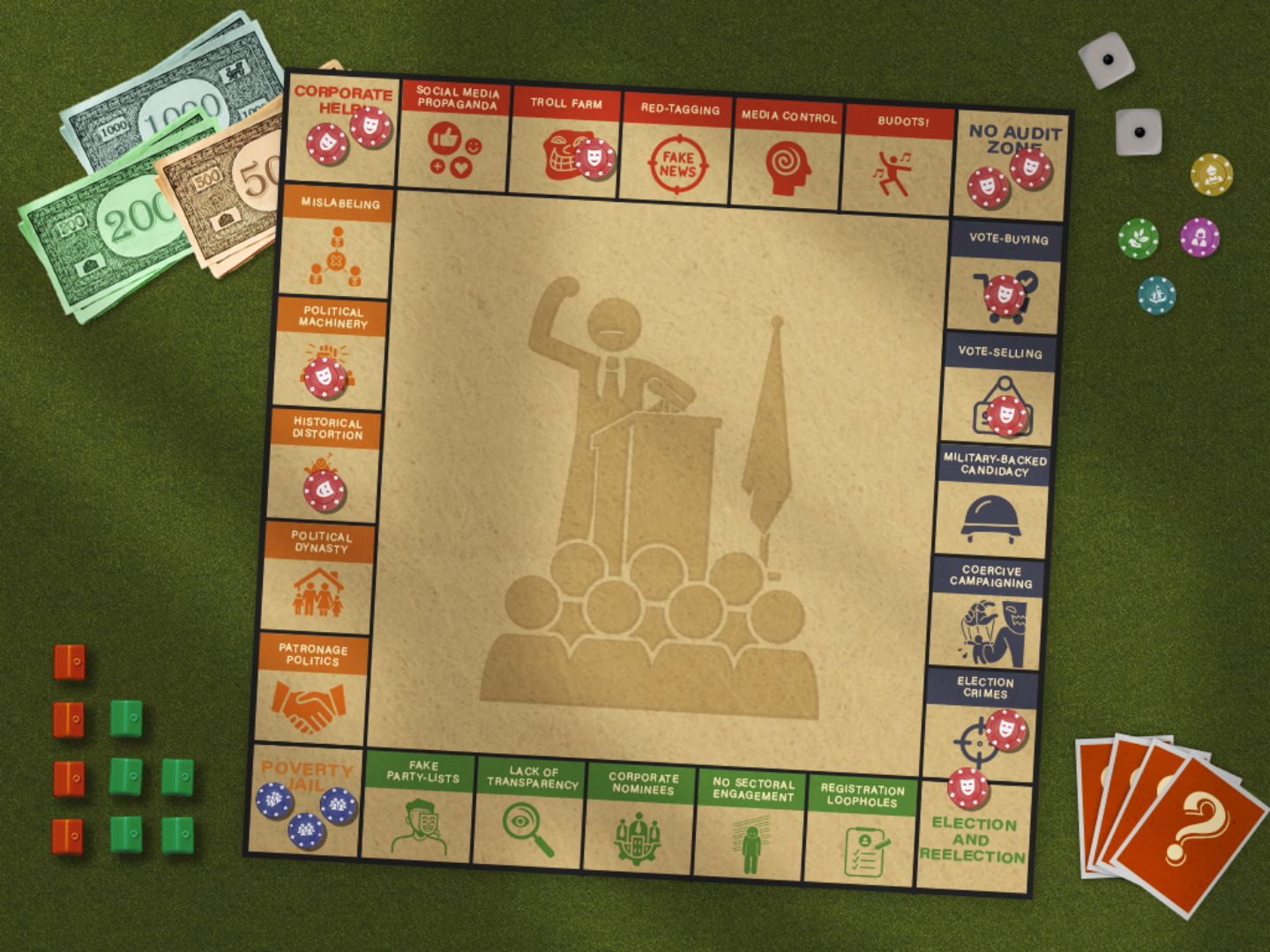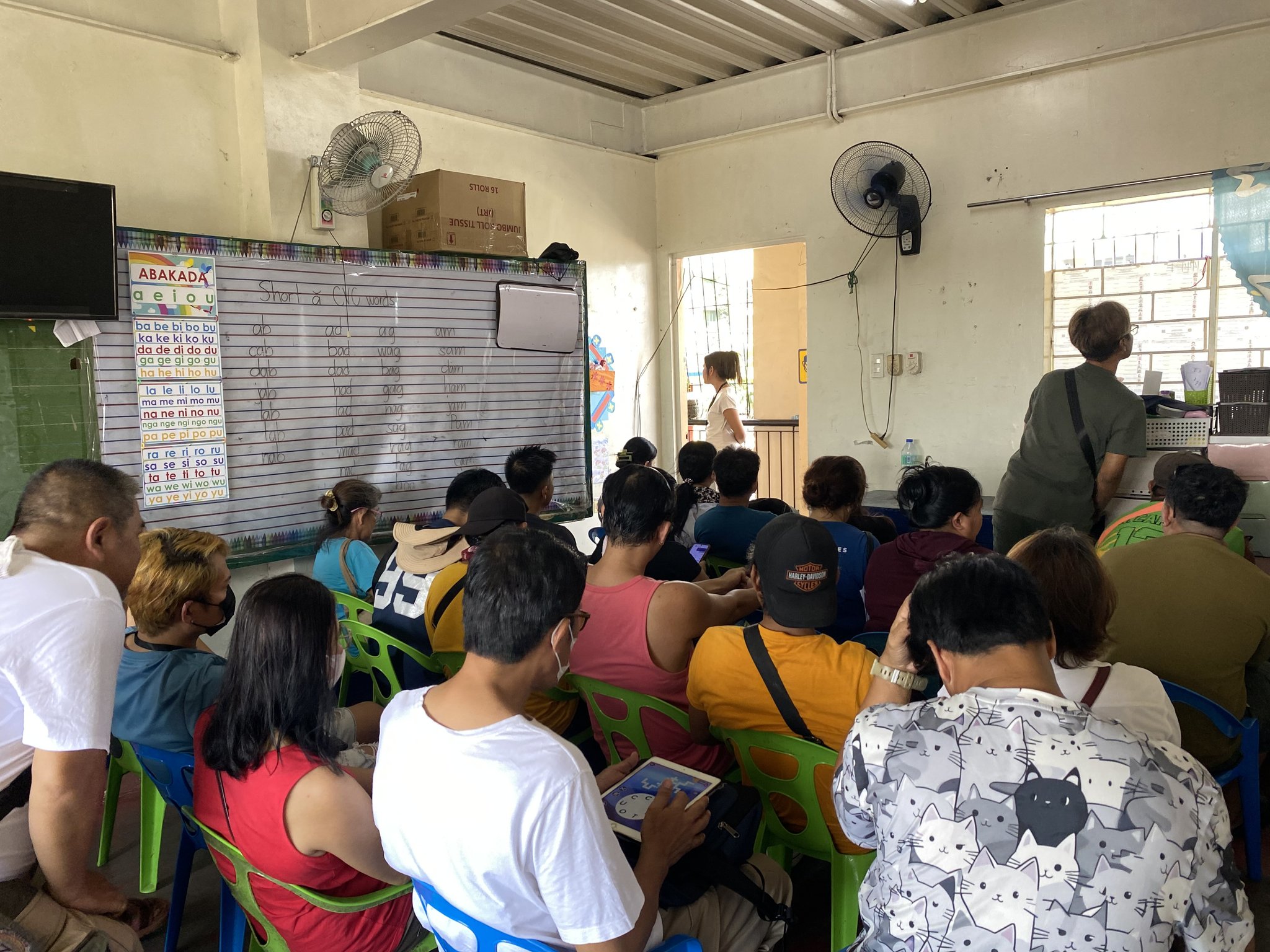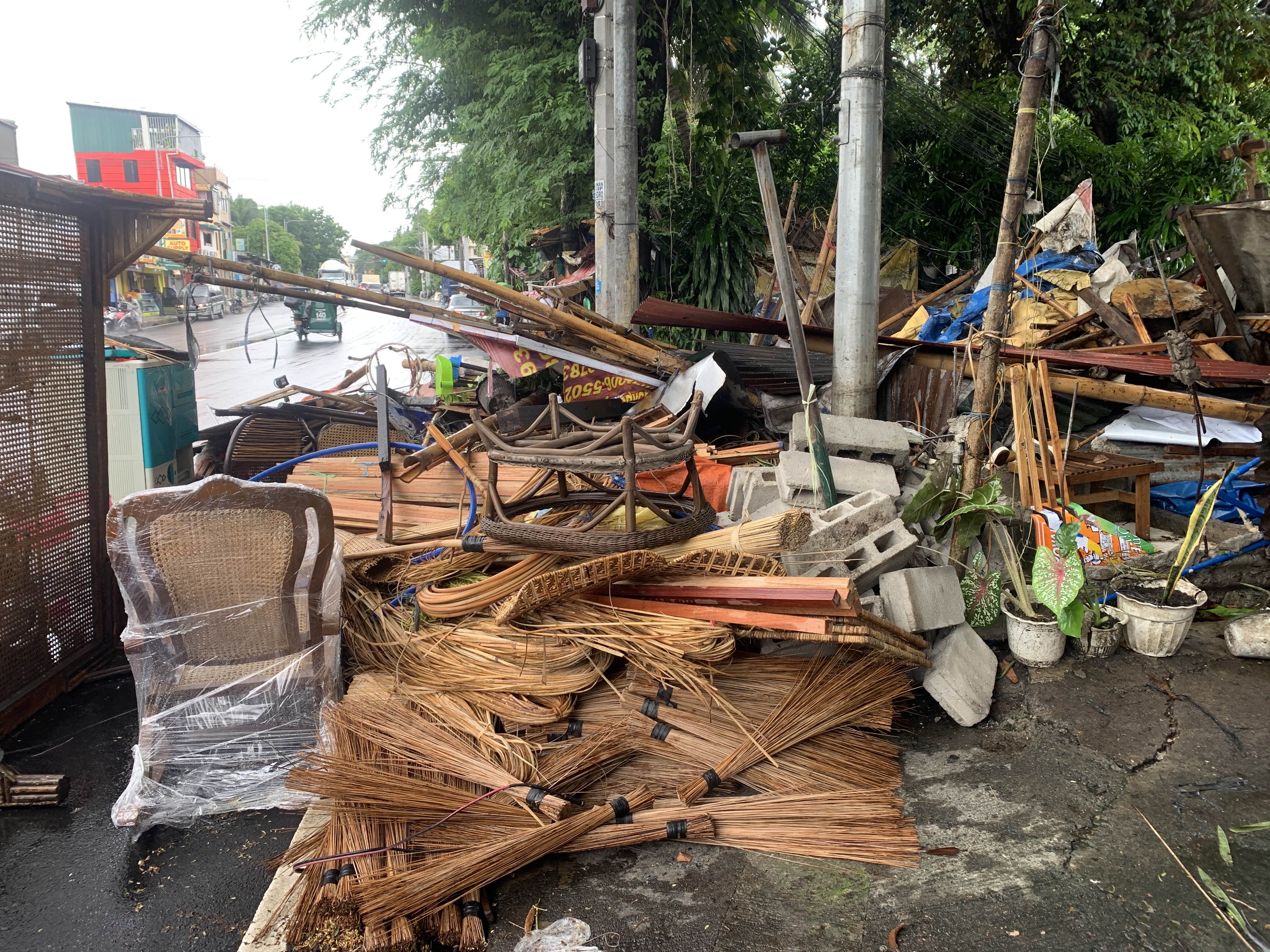Despite previous improvements in the voting pool and turnout, sectoral representation is still hazy in the current party-list system.
The Commission on Elections (COMELEC) has already proclaimed 53 out of 54 winning party-lists, which will occupy 60 out of 63 seats in Congress. The remaining suspended party-list, Duterte Youth, is benched due to pending disqualification cases on grounds of noncompliance with registration rules, vote-buying, and the overage status of its first nominee in 2019, pursuant to National Board of Canvassers (NBOC) Resolution 14-25.
Duterte Youth, among many other party-lists, shows that despite being an avenue for representation, the question of the effectiveness of the country’s constitutional framework remains, reports indicate.
Flaws in the Framework
Party-lists, allotted 20% of the total number of seats in the House of Representatives, are intended to provide for representation for sectoral parties and organizations, and lesser-known regional and national parties, per the 1987 Constitution.
This led to the passage of laws representing sectoral interests, such as the Free Tuition Law, introduced by Kabataan Partylist, and the Expanded Maternity Leave Law and Occupational Safety and Health Law, co-authored by Gabriela Partylist in the lower chamber.
A party-list must obtain at least 2% of the votes cast to be guaranteed a seat. Remaining seats are then awarded to the party-lists proportionally, capped at three seats per group.
But despite being a medium for the welfare of sectors, misrepresentation still lingers in Congress.
The provision of a threshold and maximum seats does not necessarily translate to ample representation of their constituents, said Telibert Laoc, founding trustee of the civic organization Democratic Insights Group, in an interview with the Collegian.
Moreover, the framework itself is not open for transferable votes — which would allow voters to rank their party-list choices, permitting their votes to be transferred to their alternative party-list should their first choice not reach the quota or cap.
On the ballots, voters are only allowed to choose one party-list. This ultimately compels party-lists to advertise themselves as products, resulting in campaigns that either showcase their personality or their area of origin instead of their particular advocacy, and preclude voters from fully knowing their candidates, a study by the Abdul Latif Jameel Poverty Action Lab noted.
“Dahil masikip masyado ang environment, voters have to be aided by advertising that market [party-lists] as products,” Laoc said.
Party-lists’ focus on differentiating themselves from other competitors demonstrates what the European Union Election Observation describes as “money politics,” in which voters remain vulnerable to vote-buying.
This year, COMELEC received 158 reports of election violations, 111 of which were confirmed to be vote-buying, vote-selling or the abuse of government funds and assets. The number is likely higher according to the International Observers Mission on the 2025 Philippine Elections.
Questions of representation
Sectoral representation remains blurry in the party-list system, as 86 of the 156 registered party-lists were affiliated with political dynasties, like Duterte Youth, 4Ps, and AGIMA, raising questions on their ability to operate independently and solely for their sector’s interests. And of all the proclaimed, 40 have ties with dynasties, per election watchdog Kontra Daya.
At least 55% of the party-lists also do not represent marginalized sectors, as evidenced by the absence of these party-lists’ engagement with the communities they claim to represent.
Kontra Daya has called for a reform that specifies the definition and scope of party-lists, especially after a 2013 Supreme Court ruling broadened the interpretation of party-lists, enabling dynasties, corporations, and military groups to enter the pool of candidates.
The Democratic Insights Group, meanwhile, is advocating for a segregated list of party-lists under sectoral categories, seeking to address misrepresentation in Congress and enable voters to choose the organization that best fits their interests.
There are currently bills in Congress that aim to improve representation within the party-list system. One such proposal is Senate Bill 179, which seeks to classify party-lists into either political or sectoral coalitions with corresponding qualifications and additional guidelines. On the other hand, Senate Bill 30 seeks to prohibit dynasties entirely from running for office in both local and national governments.
Ultimately, party-lists evolved to become fragmented and ineffective in ensuring representation, and they can only go as far as amendments can take them, as concluded by a Center for People Empowerment in Governance study.
But groups continue their calls for a joint and strengthened movement by sectors through campaigns targeting voters’ education and long-term participation in the country’s politics to achieve long-sought sectoral representation in Congress.
They also encourage voters to hold these candidates accountable by viewing them as equals, rather than looking up to them. “We are not electing [these party-lists] as our leaders, we are electing [them] to represent us,” Laoc said. ●
First published in the June 10, 2025 print edition of the Collegian.





